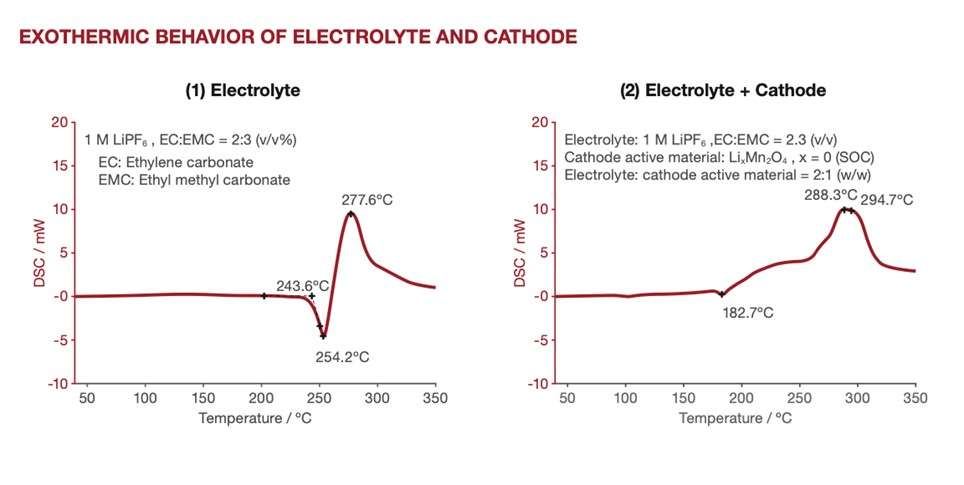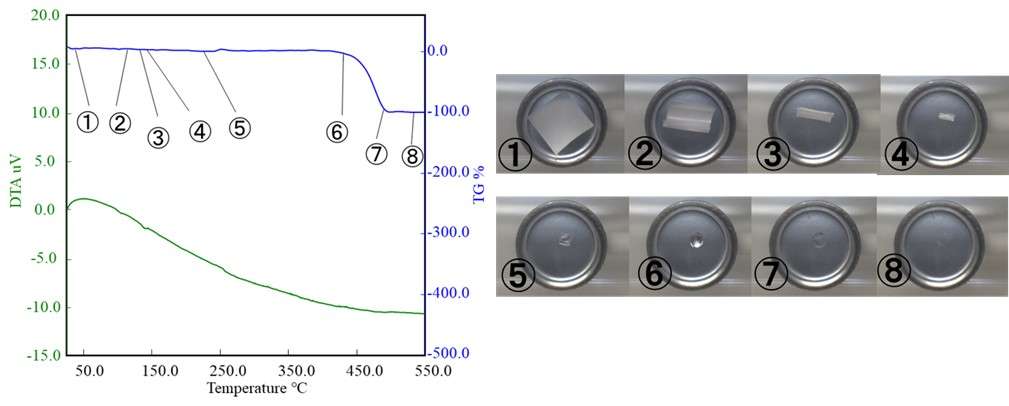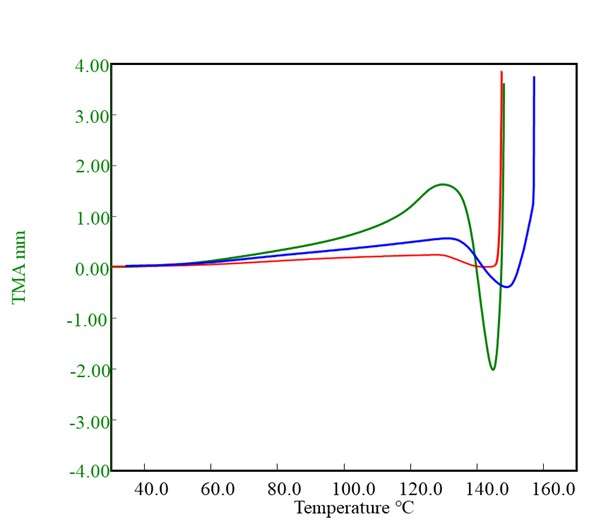Lithium-ion batteries (LIBs) and hydrogen fuel cells (HFCs) are driving the shift to cleaner energy, powering everything from electric vehicles to industrial applications. These technologies are crucial for providing sustainable electricity. The global demand for batteries is set to skyrocket. In 2020, batteries stored enough energy to power 185 million homes for an hour. By 2030, this is expected to grow more than tenfold, reaching over 2 billion homes. This surge is driven by the rising demand for energy storage across personal vehicles, commercial trucks, and public transit, making battery materials research and development more critical than ever.
Despite advancements, both lithium-ion battery and fuel cell technologies continue to face challenges. These include safety and reliability concerns, sustainability issues, the extraction of raw materials, limited range, and extended charging times. The focus is on developing new material configurations that can cope with higher charge densities, exhibit better thermal stability, and are more sustainable and affordable. This means that research and development of the next generation of batteries and fuel cells is a huge growth area, with investments in battery storage exceeding $36 billion in 2023.

Much of the effort in developing new technology involves making small but important changes to existing materials. For example, researchers are experimenting with different types of lithium transition metal oxides for battery cathodes, focusing on their nanostructure and improving how they are made.
A lot of this research involves making small adjustments and then seeing how these changes affect the basic properties of the materials. This is where thermal analysis (TA) becomes very useful.
Material thermal analysis is a broad field with different instruments measuring various properties. For example:
These techniques help researchers understand and improve materials for batteries.
Example of DSC for exothermic behavior battery components
The graphs below illustrate how DSC is used to determine the thermal stability of electrolyte and cathode materials by measuring their exothermic behavior.

Example of STA with Real View® for thermal stability of a separator
Real View® is a camera system integrated into Hitachi’s thermal analyzers. It combines visual sample observation with the thermogram, providing a wide range of valuable insights.
The thermal stability of a pure polyethylene separator was tested using STA, revealing a single thermal decomposition at 450°C. Due to the small sample mass (0.056 mg), minor baseline fluctuations were observed. Real View® images confirmed these were caused by the material shifting and changing shape in the sample pan during measurement.

Example of TMA comparing thermal expansion of different separators
The TMA thermograms show the thermal expansion of different separators measured in tension. The pure polyethylene separator (green) exhibits the largest expansion and contraction, while the alumina-coated separator (red) shows the least. The aramid-coated separator (blue) has the highest shrinking temperature, indicating better shape retention than the other two.

Material impurity check
The presence of certain impurities can skew research findings, leading to inconsistent results and odd material behavior. Thermal analysis can show whether there are other materials present in polymer samples and, as the thermal characteristics of these materials act like a fingerprint, will give precise information on what those other materials are.
Advancements in battery materials are essential for the future of sustainable energy. By leveraging thermal analysis techniques, manufacturers can develop materials that meet the stringent requirements of modern applications, ensuring safety, reliability, and efficiency. These techniques provide critical insights into material behavior, enabling operators to optimize production processes, enhance product quality, and reduce costs. Investing in advanced thermal analysis tools not only supports innovation but also gives manufacturers a competitive edge in the rapidly-evolving energy sector.
Our range of DSC, STA, DMA, and TMA instruments can help you check the thermal stability of materials in development. The unique Real View® sample viewing system adds another layer of understanding of what changes are occurring during the experiment.
Visit our Thermal Analysis page to explore our instruments and how they can support your research and development needs.
* https://www.statista.com/statistics/1103218/global-battery-demand-forecast/